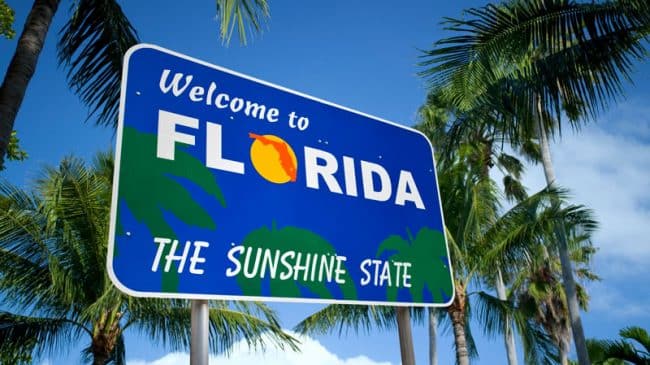Florida’s economic development incentives aspire to attract outside firms in order to “create” jobs in the state.
As one can see in the chart, between 1998-2007, before the great recession, there was a dual decline of both establishments and job creation, likely due to varying reasons such as automation, regulation, and perhaps some reasons that are not fully understood. However, starting in 2008 and coming to prominence in 2010-2014 is a strong rise in manufacturing establishments contrasted with the continuing decline in job creation.
That’s because Florida’s economic development incentives have heavily focused on manufacturing since 2010 and has been successful in bringing new establishments to Florida. However, as the chart shows, job creation has not correspondingly grown alongside the number of establishments.
The gap between the lines demonstrates how the bureaucratically administered tax refunds and incentives work against market forces. Left untouched, or “but for”, the number of establishments might still be falling, as part of the creative destruction process. However, artificially boosted by government benefits, there are a growing number of establishments.
Simply put, Florida’s economic growth resources including human, financial, and intellectual capital could be put to better use in industries that actually create jobs. Economic development incentives that try to recreate the economy of yesteryear are doomed to fail in the face of market forces. Meanwhile, they suck money out of the broad economy in the form of taxes and give them to a bureaucratically selected handful of people in the form of tax breaks.

